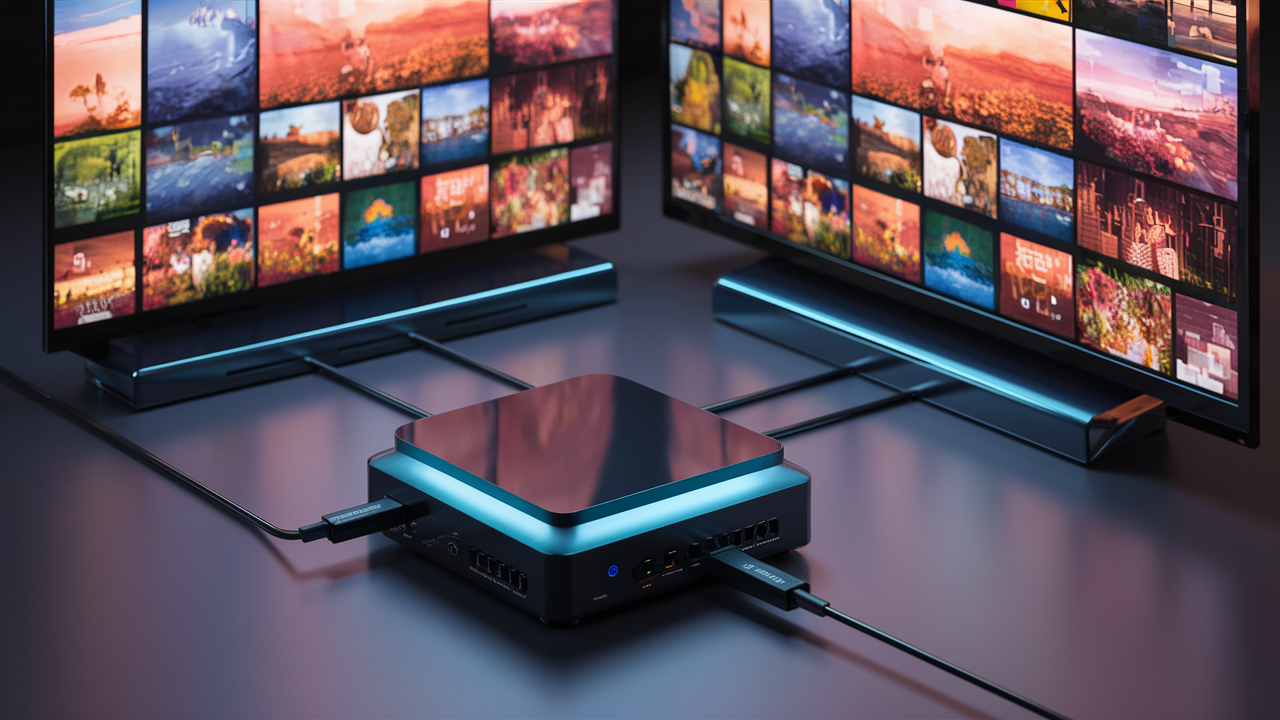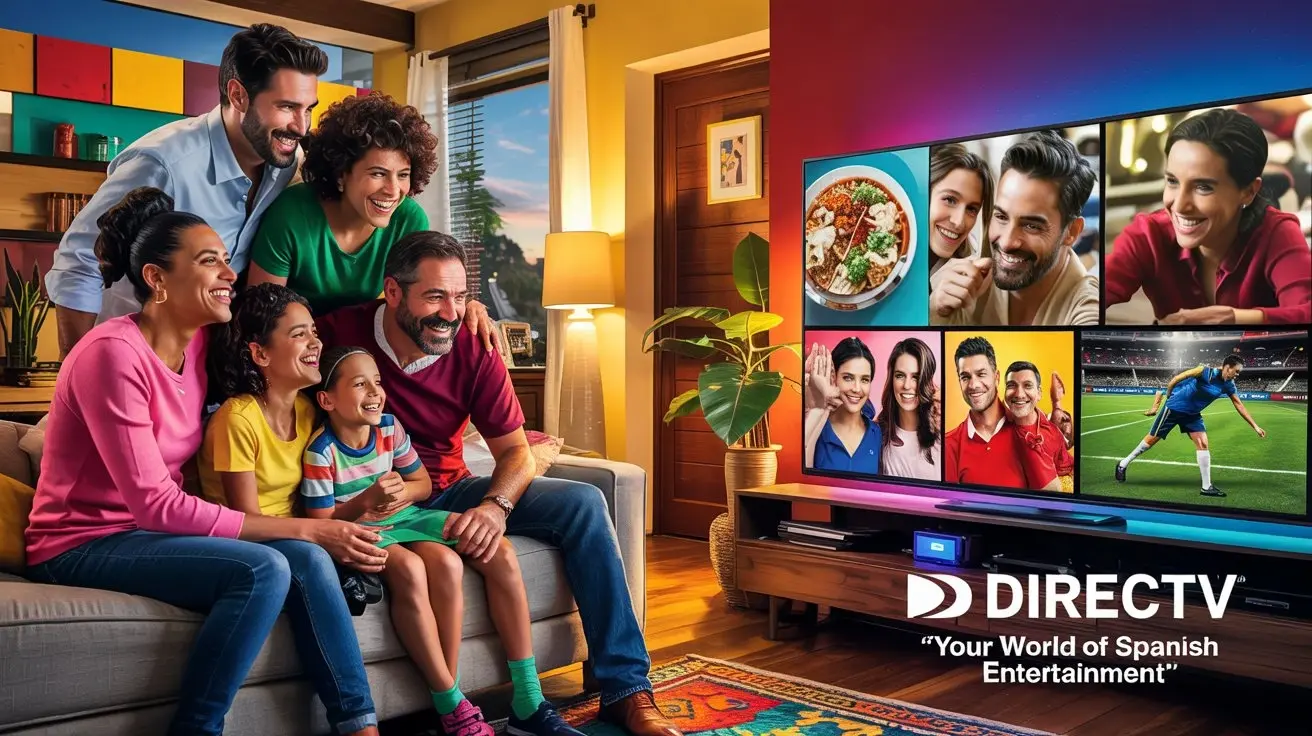-
Posted on: 15 Jul 2024

-
Can You Run Two TVs Off One Box?
In the current age of home entertainment, homes can include many TVs, each serving a particular family member or need. One often-asked issue is if two TVs could operate off of one set-top box. The answer is yes; this guide will discuss the many ways to get this configuration along with the advantages and disadvantages of every strategy.
Introduction
Although many homes have many TVs, it might be expensive to have separate cable or satellite boxes for each one of them. Fortunately, there are methods to link two TVs to a single box, therefore saving equipment rental costs and enabling you to enjoy coordinated watching across many rooms. This manual will go over the many ways to do this as well as the factors to bear in mind.
Methods to Run Two TVs Off One Box
1. Using an HDMI Splitter
Using an HDMI splitter is among the easiest ways to link two TVs to one box. To connect many TVs, an HDMI splitter divides the HDMI signal coming from the set-top box into several outputs.
Steps:
- Get a premium HDMI splitter that supports the resolution and features (like 4K, HDR) of your TVs.
- Connect one end of an HDMI cable to the HDMI output of your set-top box and the other end to the HDMI splitter's input.
- Connect each TV to the HDMI outputs of the splitter using HDMI cables.
- Turn on both TVs and your set-top box from Power On and Configure. Choose for every TV the suitable HDMI input.
Pros:
- Easy and reasonably priced.
- Supports 4K and high-grade resolutions.
Cons:
- The programming on both TVs will be similar.
- Possibility of signal deterioration with extended HDMI connections.
2. Using a Wireless HDMI Transmitter
Running two TVs off one box without extensive connections is easily accomplished using a wireless HDMI transmitter. The transmitter wirelessly transfers an HDMI signal to a receiver attached to the second TV.
Steps:
- Get a Wireless HDMI Kit that supports your TVs' features and resolution.
- Connect the Transmitter: Plug the set-top box's HDMI output into the transmitter.
- Connect the Receiver: Plug the second TV's HDMI input into the receiver.
- Turn on your set-top box, both TVs and the wireless HDMI equipment. Choose for every TV the suitable HDMI input.
Pros:
- Not need lengthy cords.
- Lets you move the TV around freely.
Cons:
- Perhaps more costly than a cable solution.
- The prospect of signal delay and interference.
3. Using a Coaxial Splitter
Should your set-top box provide a coaxial output, you may forward the signal to many TVs using a coaxial splitter. Common cable TV configurations call for this approach.
Steps:
- Make sure a Coaxial Splitter supports the frequencies your cable provider uses.
- Attach the coaxial wire from your set-top box to the splitter's input on the box.
- Run coaxial wires from the splitter outputs to each TV's coaxial inputs.
- Turn on both TVs and your set-top box under Power On and Configure. Turn every TV to the appropriate station or input.
Pros:
- Reasonably priced and extensively accessible.
- Perfect for greater distances.
Cons:
- Worse video quality than HDMI.
- The programming on both TVs will be similar.
4. Using a DVR or Media Server
Some set-top boxes, such as DVRs or media servers, support multiple outputs or streaming to other devices.
Steps:
- Make sure your DVR or media server lets you watch or stream across several rooms.
- To turn on streaming or multi-room watching, follow manufacturer instructions.
- Receive the broadcast from the DVR or media server using a suitable device—such as a streaming stick or smart TV app.
Pros:
- Can supply every TV with unique materials.
- First-rate streaming.
Cons:
- Needs suitable gear and setup.
- May be more difficult to set up.
Considerations
Think about the following before configuring two TVs with one box:
- Most systems will show the same material on both TVs. Look at multi-room configurations or extra set-top boxes if you need different materials on every TV.
- Distance: The choice of approach may change depending on how far the TVs are from the box. Longer distances or hard-to-wire locations call for wireless solutions.
- HDMI offers the finest video quality; coaxial wires may provide reduced resolution.
- Interference: Physical barriers or other equipment could cause interference in wireless solutions.
Conclusion
One sensible way to save equipment expenses and have coordinated viewing across many rooms is running two TVs off one box. Understanding the many techniques and their advantages and drawbacks will help you to decide on the ideal arrangement for your house. Whether your preferred solution is an HDMI splitter, wireless HDMI transmitter, coaxial splitter, or multi-room DVR, you will have flawless and quick home entertainment capability.
About ready to improve your TV viewing experience? To learn the ideal Dish Network package for you, give us a call right now at (855) 212-8877 ! Don't miss out on fantastic entertainment; our staff is ready to assist you choose the perfect package and get you going right away.





